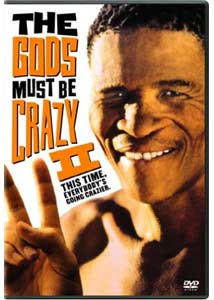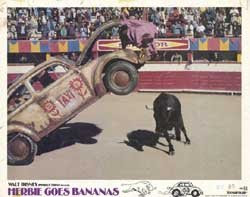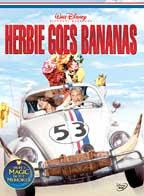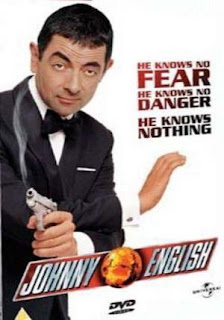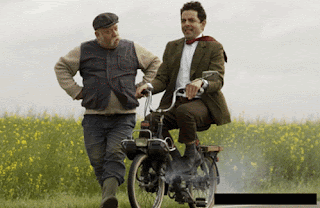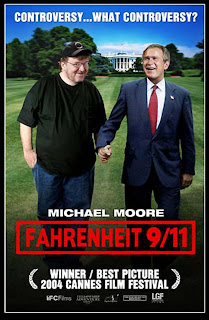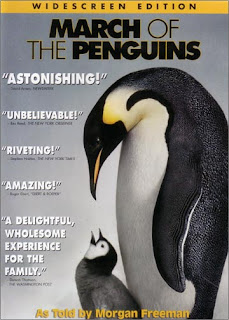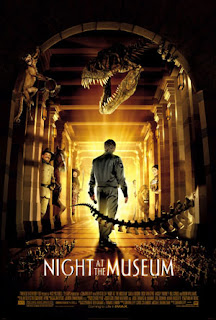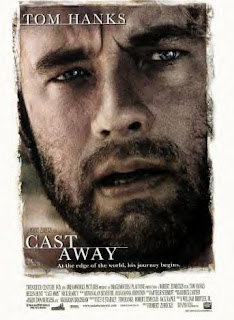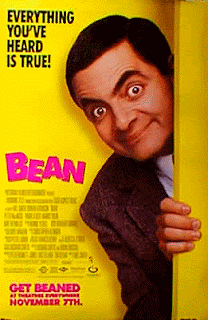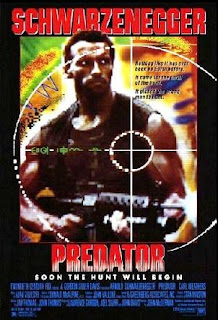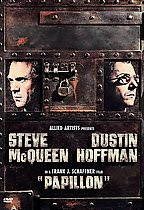 A place on earth more awesome than anywhere in space.
A place on earth more awesome than anywhere in space.When an American nuclear submarine crashes, the United States Government believe the Russians to be responsible. They enlist the help of a team of underwater drilling platform workers who are to help the deployed Navy SEALS locate the crash site. As they get closer to their destination, the friction between the two teams increases. When some workers report seeing UFO's underwater, the SEALS grow increasingly suspicious and suspect a Russian mini-sub. After a series of near-fatal disasters, the workers find that they are the only people who are capable of stopping World War III. But they are not the only inhabitants of the deep, and strange things are happening back at the surface...
Director James Cameron contacted Orson Scott Card before filming began with the possibility of producing a book based on the film. Card initially told his agent that he doesn't do "novelizations", but when she told him that the director was James Cameron, he agreed to consider it. The script arrived, and Card signed on after receiving assurances from Cameron that he would be free to develop his "novel" the way he wanted to. After a meeting with Cameron, Card immediately wrote the first three chapters, which dealt with events concerning Bud and Lindsay Brigman that occurred before the events in the film. Cameron gave these chapters to Ed Harris and Mary Elizabeth Mastrantonio, who used it to develop their characters.
Cast members had to become certified divers before filming began.
The masks were specially designed to show the actors' faces, and had microphones fitted so that dialogue spoken at the time by the actors could be used in the film. The noises made by the regulators in the helmets were erased during sound post-production.
Most of the underwater filming took place in a half-completed nuclear reactor facility in Gaffney, South Carolina, including the largest underwater set in the world at 7 million gallons.
The crew frequently spent enough time underwater to force them to undergo decompression before surfacing. James Cameron would often watch dailies through a glass window, while decompressing and hanging upside down to relieve the stress on his shoulders from the weight of the helmet.
The tank was filled to a depth of 40 feet, but there was still too much light from the surface, so a giant tarpaulin and billions of tiny black plastic beads were floated on the surface to block the light. During a violent storm the tarpaulin was destroyed, thus shifting production to night time.
Fluid breathing is a reality. Five rats were used for five different takes, all of whom survived and were given shots by a vet. The rat that actually appeared in the film died of natural causes a few weeks before the film opened. According to James Cameron, the scene with the rat had to be edited out of the UK movie version because "the Royal Veterinarian felt that it was painful for the rat". James Cameron repeatedly assures that the rats used for this take didn't suffer any harm.
Michael Biehn's character gets bitten on the arm by another character. This happens to him in every James Cameron movie he's in - see The Terminator (1984) and Aliens (1986).
Director Trademark: [James Cameron] [nice cut] at the beginning of the movie, the blue "Y" from the opening credits extends and then fades to the underwater scenery with the submarine.
Director Trademark: [James Cameron] [feet] when the soldiers arrive at the supply ship and jump out of the helicopters. See also Aliens (1986).
Director Trademark: [James Cameron] [nuke]
James Cameron's brother, Mike Cameron, plays a dead crewman inside the sunken submarine. To accomplish this he had to hold his breath under 15 feet of water while also allowing a crab to crawl out of his mouth.
The first movie released under the THX Laserdisc Program.
Very few scenes involved stunt people. When Bud drags Lindsey back to the rig, that's really Mary Elizabeth Mastrantonio holding her breath. When the rig is being flooded and characters are running from water, drowning behind closed doors, and dodging exploding parts of the rig, those are all actors, not stunt people.
The scene with the water tentacle coming up through the moon pool was written so that it could be removed without interfering with the story, because no one knew how the effect would come out. The actors were interacting with a length of heater hose being held up by the crewmen. When the effects were completed, though, they exceeded everyone's expectations and wildest hopes.
During the TV news report of the US and Russian ships colliding, the accompanying pictures are actually those taken of ships from the British Task Force hit during the Falkland Islands campaign.
During the rigorous and problematic shoot, the cast and crew began calling the film by various derogatory names such as "Son Of Abyss", "The Abuse" and "Life's Abyss And Then You Dive". Mary Elizabeth Mastrantonio reportedly suffered a physical and emotional breakdown because she was pushed so hard on the set, and Ed Harris had to pull over his car at one time while driving home, because he burst into spontaneous crying.
The original theatrical version was forced to cut the pre-credits Nietzsche quote "...when you look long into an abyss, the abyss also looks into you." because Criminal Law (1988) used it, and they didn't want to seem like imitators. The quote was restored in the director's cut.
The company mentioned in the film is named Benthic Petroleum. In oceanographic terms, the word "benthic" means on or in the ocean bottom.
For financial reasons, the "Deepcore" set was never dismantled. It stands in the abandoned (and drained) South Carolina nuclear power plant, where the film was shot. 20th Century Fox has posted signs around the set informing potential photographers that Fox still owns the set (and the designs) and that any photographs or video shooting of the set is prohibited by copyright law. Their official copyright information is on the Deepcore rig itself.
In the end shot where the alien ship surfaces, it's supposed to be spring or summer. However, the film was being shot towards the beginning of winter, so the actors put ice cubes in their mouths so they wouldn't breathe out mist.
Actor Joe Farago, who plays the news anchorman reporting on the escalating world events, also played a similar role in a previous James Cameron film, The Terminator (1984).
The studio pushed hard for an Academy Award nomination for Michael Biehn as best supporting actor.
There are no opening credits save the title of the film.
Since the "Benthic Explorer" model ship was so large and filmed on open seas, the production company was required to register it with the Coast Guard.
The fictional company "Benthic Petroleum" also owns the gas station shown in James Cameron's Terminator 2: Judgment Day (1991) and the flying oil tanker in Jan de Bont's Twister (1996).
Set in 1994 (evident from in-film on-monitor time stamps when the crew enters the submarine).
To heat the water in the unfinished nuclear power plant, James Cameron brought in several tanker trucks of natural gas, and attached them directly to burners.
The American Humane Association rated this film "unacceptable" because of the rat that was submerged in oxygenated liquid in one scene. It wasn't an effect. The rat really was "subjected to the anxiety of being submerged in this liquid, where it panics and struggles and is then pulled out by its tail as it expels the liquid from its lungs."
The role of Commodore DeMarco was originally meant for Lance Henriksen, but he couldn't appear due to a scheduling conflict.
The sequence in which Catfish fires a submachine gun into the moon pool at a departing Lt. Coffey was filmed using live ammunition. The underwater camera was locked down and unmanned, and extreme safety precautions were in effect.
The sub called "Flatbed" in the movie was built around a real submarine called "Deep Rover" which was designed by the Canadian company Nuytco Research.
The mini-subs in the wide shots were actually models suspended on wires in a smoky environment and filmed in slow motion
The water in the two tanks was chlorinated heavily, to prevent microbes growing in it. This caused many of the actor's hair to become green and even white.
A scene at the beginning showing the crew rounding up at the moon pool had to be re-shot, because the Flatbed submersible was parked in the pool. Flatbed was supposed to be out in the water pulling the rig during that particular scene.
Ensign Monk: Bud, give me a reading from your liquid oxygen gauge.
Virgil: [typing] 5 minuts worth
Lindsey Brigman: [shocked] What?
Alan "Hippy" Carnes: It took him *thirty* minutes just to get down there!
Lindsey Brigman: Bud! Do you hear me? You drop your weights and start back now, Bud. The gauge could be wrong. Do you hear me? Just drop your weights and start back now. The gauge could be wrong! The gauge could be wrong, you drop your weights and start back now!
Virgil: [typing] Going to stay awhile
Lindsey Brigman: No, you won't stay there, do you hear me, you drop your weights! You can breathe *shallow*, do you hear me? Bud, please listen to me, *please*, goddammit, you dragged me back from the bottomless pit, you can't leave me here *alone* now, please...
[sobs]
Lindsey Brigman: Oh God, Virgil, please... please...
Virgil: [typing] Don't cry baby. Knew this was one way ticket, but you know I had to come. Love you wife.
